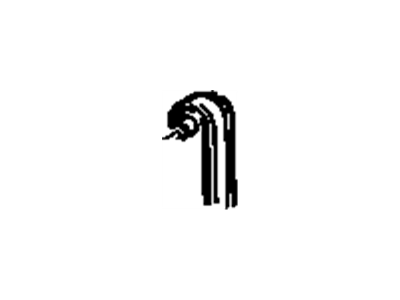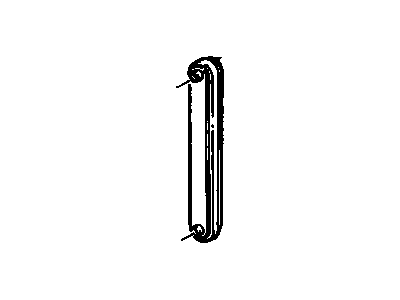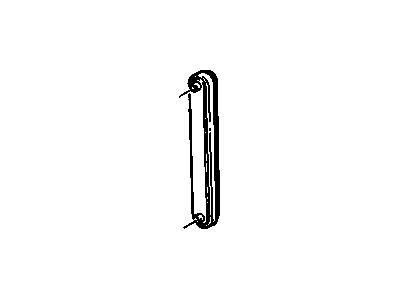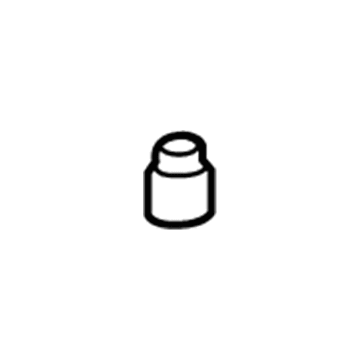My Garage
My Account
Cart
Genuine Cadillac Deville Transmission Oil Cooler
Trans Oil Cooler- Select Vehicle by Model
- Select Vehicle by VIN
Select Vehicle by Model
orMake
Model
Year
Select Vehicle by VIN
For the most accurate results, select vehicle by your VIN (Vehicle Identification Number).
7 Transmission Oil Coolers found
Cadillac Deville Cooler Asm,Trans Fluid
Part Number: 89018358$81.72 MSRP: $167.73You Save: $86.01 (52%)Ships in 1-2 Business DaysCadillac Deville Cooler Asm,Trans Oil
Part Number: 52480215$14.32 MSRP: $58.27You Save: $43.95 (76%)Ships in 1-2 Business DaysCadillac Deville Cooler Asm,Trans Fluid
Part Number: 52484146$15.73 MSRP: $124.96You Save: $109.23 (88%)Ships in 1-2 Business Days
Cadillac Deville Transmission Oil Cooler
Each OEM Cadillac Deville Transmission Oil Cooler we offer is competitively priced and comes with the assurance of the manufacturer's warranty for the part. Furthermore, we guarantee the speedy delivery of your orders right to your doorstep. Our hassle-free return policy is also in place for your peace of mind.
Cadillac Deville Transmission Oil Cooler Parts Questions & Experts Answers
- Q: How to remove and install an auxiliary oil cooler and Oil Cooler Line on Cadillac DeVille?A: The automatic transaxle fluid is assembled with an auxiliary oil cooler in certain early models. In appearance, this cooler resembles a small radiator and is located at the front of the engine radiator and air conditioning condenser behind the grille. The transaxle fluid's passage is from the transaxle via the transaxle fluid output line to an additional cooler which directly flows into a standard cooler located inside the right-hand tank of the radiator. Place a drain pan under it for any leaking fluid; then separate it by taking off the lower fluid line. Remove upper fluid line only when there are no more droplets of oil dropping down from it. To take away this part, remove the screws that attach on top of the radiator support structure and also detach lower support bracket. Conversely, fix it back in place just as you removed it. Incase of ease in access to lower cooler line at front side of transaxle, remove air filter housing if necessary. In order to catch any liquid that may start to leak out from them, you should put a drain pan under these lines prior to removing them. Unlock plastic collar by unsnapping quick-connect fitting after which quickly pull out clip so as to remove lines completely. Loosen two bolts securing upper cooler line brackets to transaxle afterwards removing those sections entirely from vehicle body's system. Pull out rear connector linking upper transmission cooling pipe with its base unit in consideration of coming away with it first. Disconnect one end of lower cooling pipe among intermediate pieces and finally separate all joints easily while standing on up-down position respectively . The remaining steps during reassembly are shown below: Ensure that all fasteners and fittings are securely tightened. On later models equipped with quick-connects, push upper cooling tube into fitting until click is heard or felt in fingers; afterwards slightly tug on tubing so as to confirm tightness before sliding protective sleeve over connection point itself . Verify your transmission fluids.
Related Cadillac Deville Parts
Browse by Year
2005 Transmission Oil Cooler 2004 Transmission Oil Cooler 2003 Transmission Oil Cooler 2002 Transmission Oil Cooler 2001 Transmission Oil Cooler 2000 Transmission Oil Cooler 1999 Transmission Oil Cooler 1998 Transmission Oil Cooler 1997 Transmission Oil Cooler 1996 Transmission Oil Cooler 1995 Transmission Oil Cooler 1994 Transmission Oil Cooler 1993 Transmission Oil Cooler 1992 Transmission Oil Cooler 1991 Transmission Oil Cooler 1990 Transmission Oil Cooler 1989 Transmission Oil Cooler 1988 Transmission Oil Cooler













